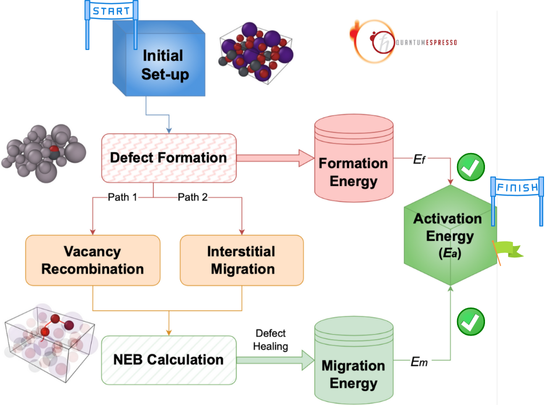
DFT Convergence Tips
Practical strategies for achieving convergence in challenging DFT calculations, including mixing schemes and initial guess optimization.
Read MoreWelcome to my blog where I share technical insights from my research and glimpses of life beyond the lab. From DFT calculations to table tennis strategies, this is where science meets personal interests.

Practical strategies for achieving convergence in challenging DFT calculations, including mixing schemes and initial guess optimization.
Read More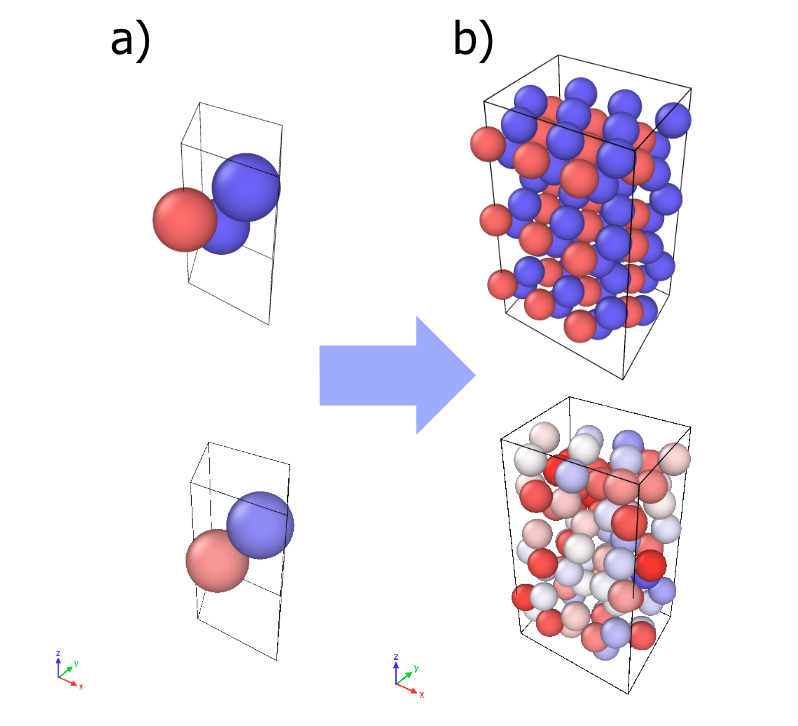
A beginner's guide to implementing machine learning force fields using ASE and MACE for molecular dynamics simulations.
Read More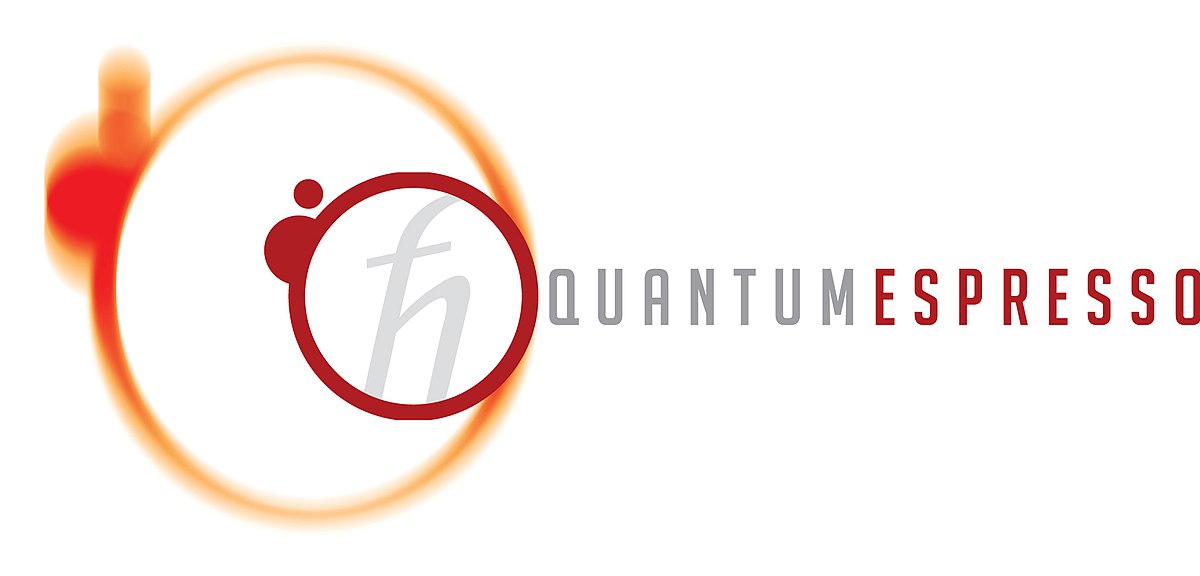
Collection of Python scripts for automating Quantum ESPRESSO workflows, from input generation to data analysis.
Read More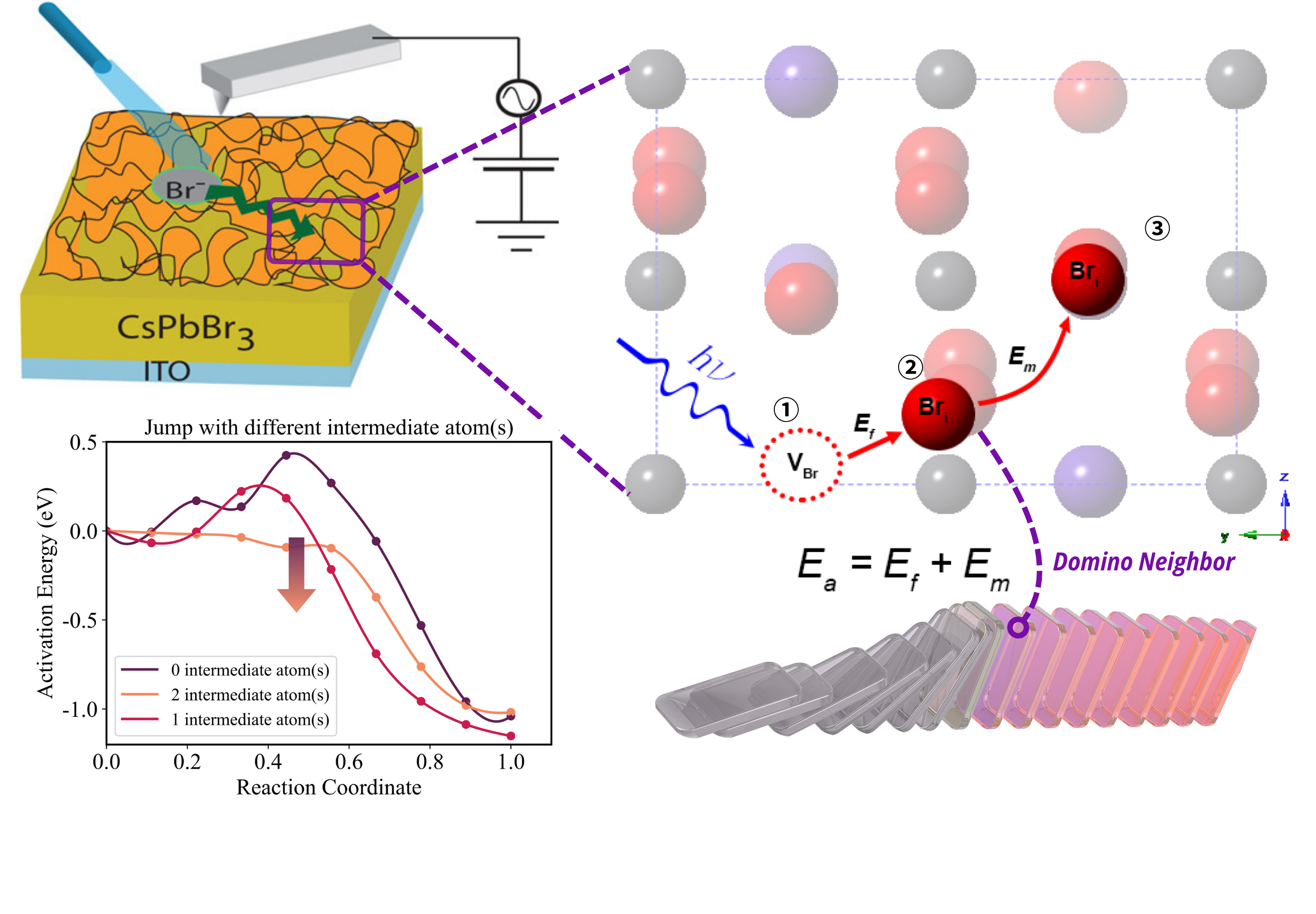
Creating publication-quality figures for band structures, density of states, and crystal structures using matplotlib and plotly.
Read More2025 Yi Cao. This work is licensed under CC BY-NC-SA 4.0.
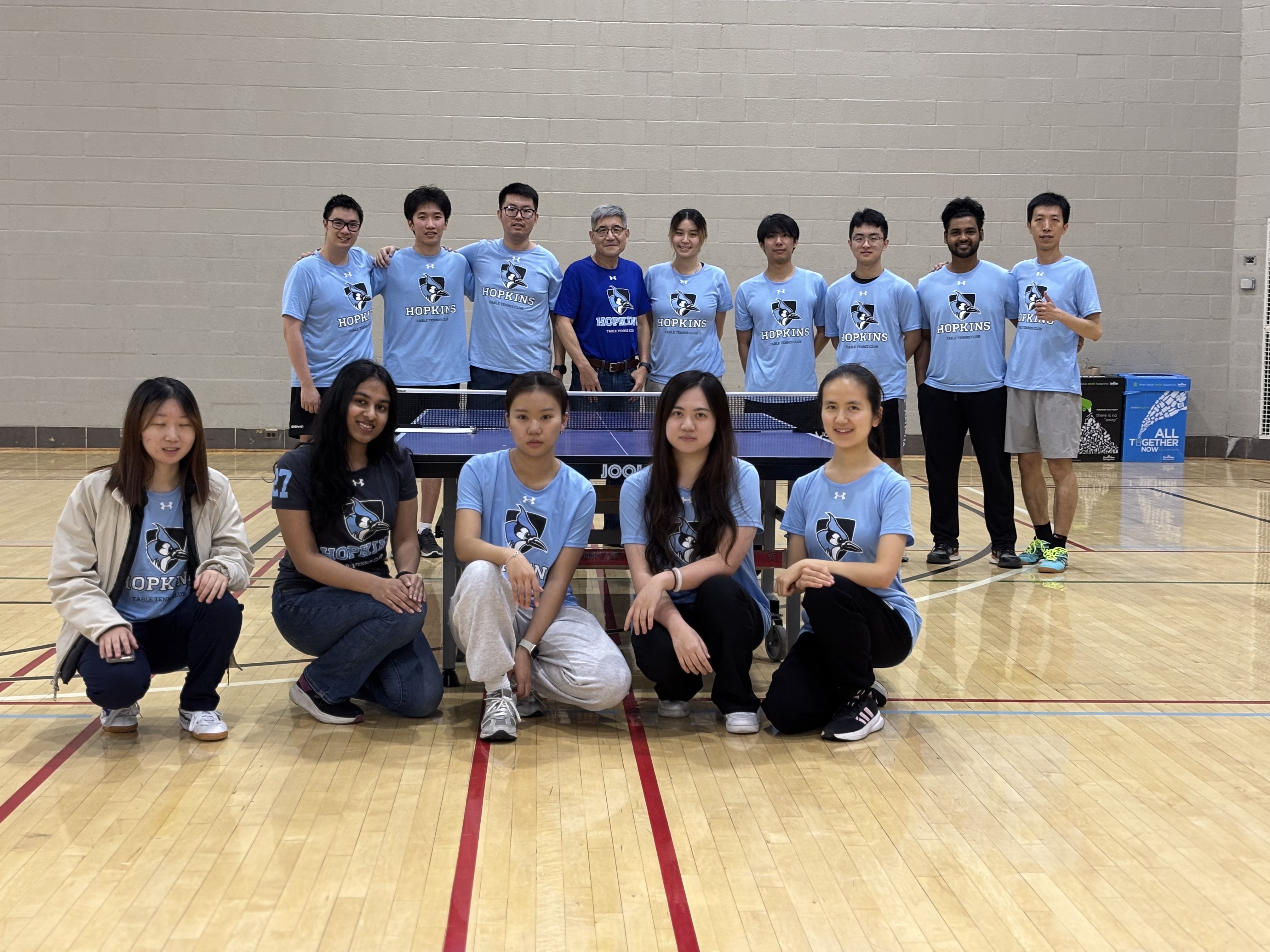
From beginner to competitive player - lessons learned on and off the table, and how sports complement research life.
Read MoreWhy I decided to pick up tennis during my PhD and the surprising parallels between mastering a sport and research.
Read More
Capturing the beauty of JHU's Homewood campus through the seasons - a photographer's perspective.
View GalleryExploring DC, Boston, Bellevue, and beyond - combining conference attendance with street photography.
View Galleryimport re
from ase.io import read
# Read the last structure from Quantum ESPRESSO output
atoms = read('relax.out') # Automatically reads the last image
# Total energy in eV
energy_eV = atoms.get_potential_energy()
# Lattice parameters
cell = atoms.get_cell()
a, b, c = cell.lengths() # in Ångstrom
alpha, beta, gamma = cell.angles() # in degrees
# Print results
print(f"Total Energy: {energy_eV:.6f} eV")
print(f"Lattice Parameters (a, b, c): {a:.6f}, {b:.6f}, {c:.6f} Å")
print(f"Lattice Angles (α, β, γ): {alpha:.2f}°, {beta:.2f}°, {gamma:.2f}°")
return energiesPosted: January 10, 2025 | View on GitHub
import numpy as np
def extract_bandgap_from_qe_output(filename='bands.out'):
with open(filename, 'r') as f:
lines = f.readlines()
fermi_energy = None
band_energies = []
kpoints = []
current_kpoint_bands = []
for line in lines:
if 'the Fermi energy is' in line:
fermi_energy = float(line.split()[-2]) # in eV
elif 'k =' in line:
if current_kpoint_bands:
band_energies.append(current_kpoint_bands)
current_kpoint_bands = []
k_line = line.strip().split()
kpt = list(map(float, [k_line[2], k_line[3], k_line[4]]))
kpoints.append(kpt)
elif line.strip() and len(line.split()) == 2:
band_energy = float(line.split()[1])
current_kpoint_bands.append(band_energy)
if current_kpoint_bands:
band_energies.append(current_kpoint_bands)
# Convert to numpy array: shape (n_kpoints, n_bands)
band_energies = np.array(band_energies)
if fermi_energy is None:
raise ValueError("Fermi energy not found in file.")
# Shift energies relative to Fermi level
shifted_energies = band_energies - fermi_energy
# Find VBM and CBM
vbm = np.max(shifted_energies[shifted_energies <= 0])
cbm = np.min(shifted_energies[shifted_energies >= 0])
band_gap = cbm - vbm if cbm > vbm else 0.0
print(f"Fermi energy: {fermi_energy:.6f} eV")
print(f"Valence Band Maximum (VBM): {vbm:.6f} eV")
print(f"Conduction Band Minimum (CBM): {cbm:.6f} eV")
print(f"Band Gap: {band_gap:.6f} eV")
if band_gap == 0.0:
print("This material is metallic.")
else:
# Check direct vs indirect band gap
vbm_k = np.where(shifted_energies == vbm)[0][0]
cbm_k = np.where(shifted_energies == cbm)[0][0]
if vbm_k == cbm_k:
print("Direct band gap.")
else:
print("Indirect band gap.")
# Run it
extract_bandgap_from_qe_output('bands.out')
Posted: January 8, 2025 | Tags: Quantum ESPRESSO, ASE, band structure
2025 Yi Cao. This work is licensed under MIT License.
Get updates when I post new content: